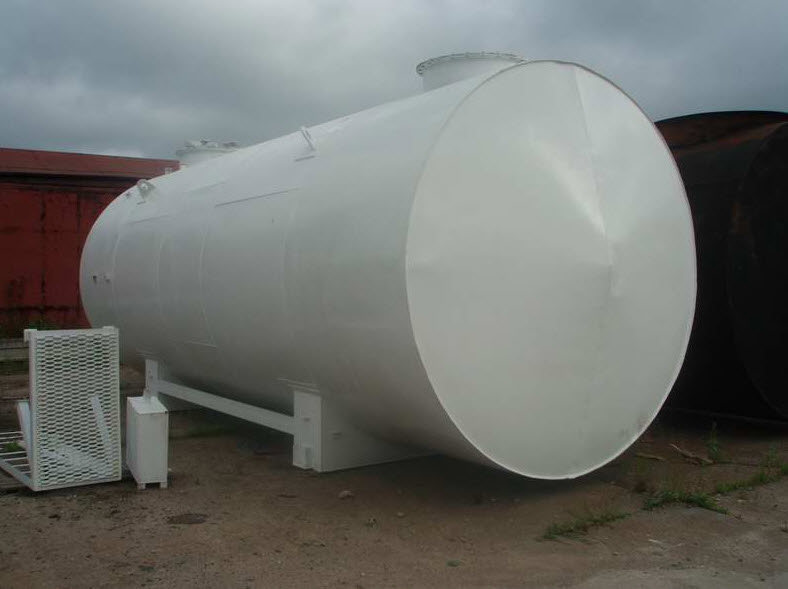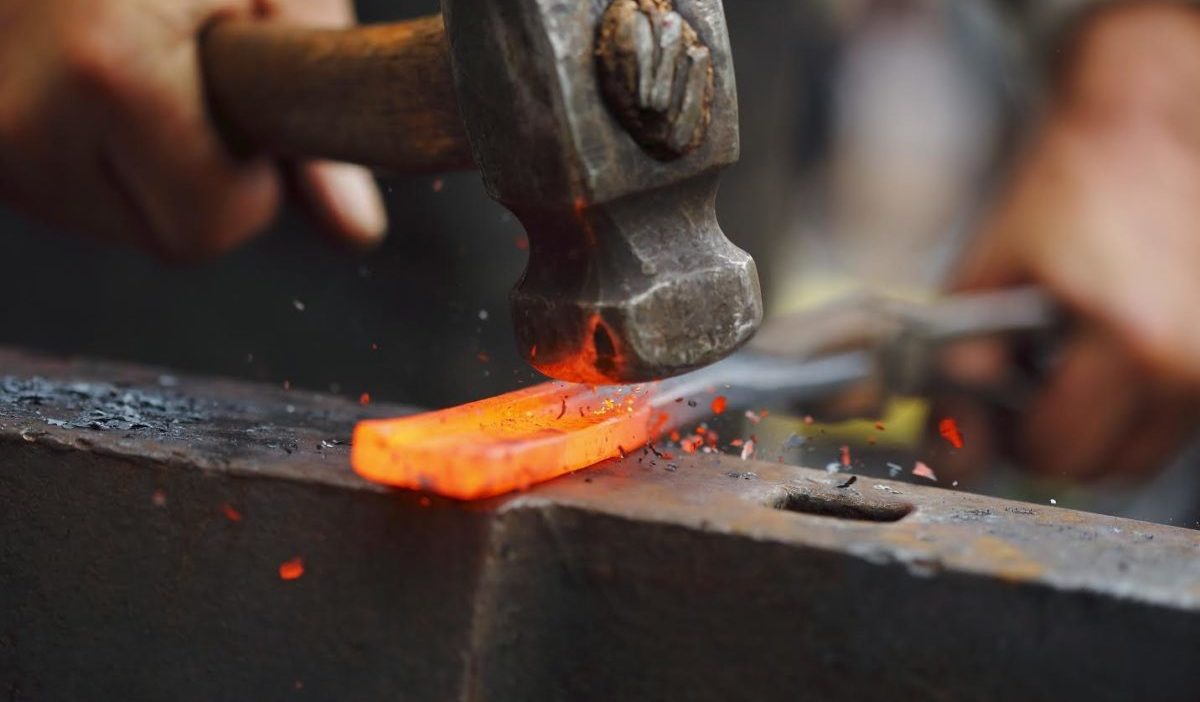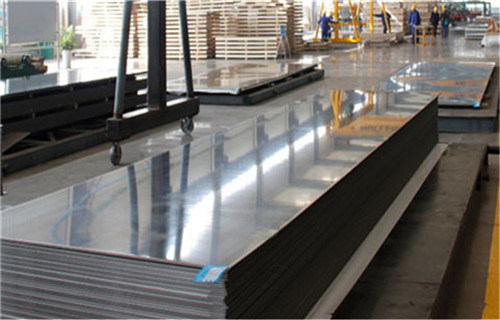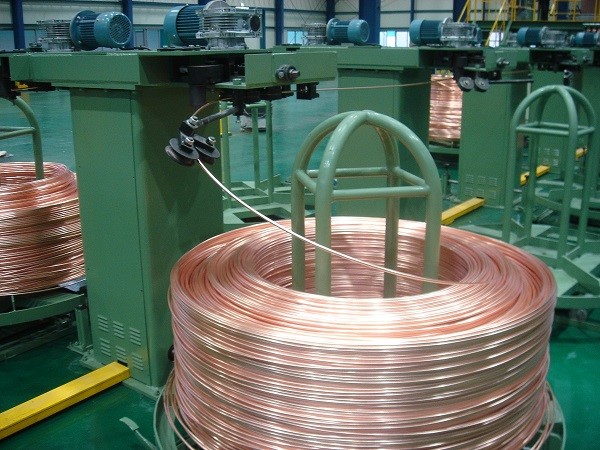Nickel plating
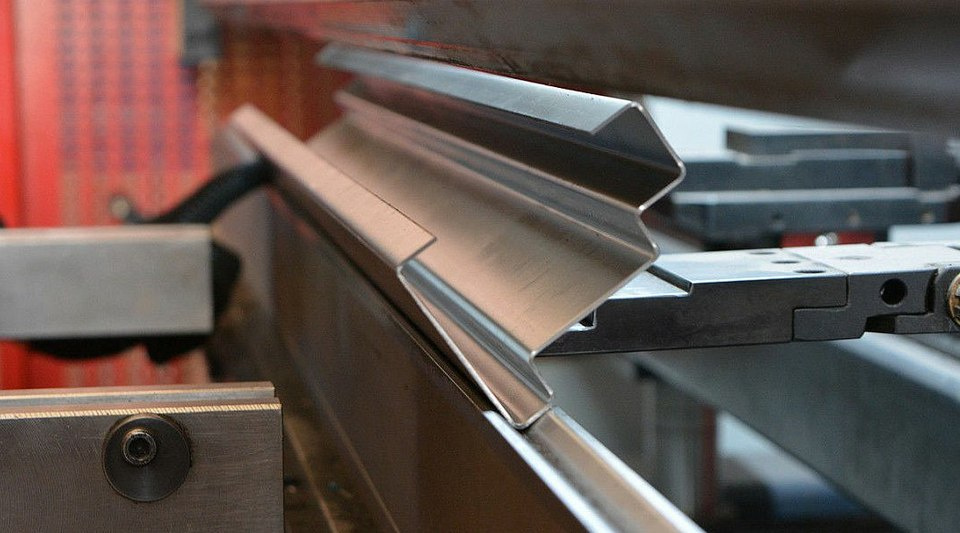
The Utilization and Advantages of Nickel Plating
Nickel, a dense non-ferrous metal with a relatively recent discovery in human history, has swiftly integrated into our daily lives. The practice of nickel plating is gaining increasing popularity due to its diverse benefits.
Understanding Nickel Plating Nickel plating, a process of depositing a layer of nickel onto various metals, not only enhances their visual appeal, imparting a glossy and shiny finish, but also provides a shield against corrosion and external influences. The inherent properties of nickel contribute to its chemical resilience and reduced susceptibility to diverse chemical processes. This remarkable chemical resistance arises from its propensity to undergo passivation, leading to the formation of a dense oxide film on its surface, effectively safeguarding it from external forces.
Components coated with nickel plating find applications in design, where their aesthetic allure and stylishness are valued, and in plumbing, where exposure to water heightens the risk of rust formation. Notably, black nickel finishes exhibit exceptional decorative characteristics, achieved by incorporating zinc sulfates into nickel sulfates, resulting in an alluring black hue.
The Nickel Plating Process The process unfolds as follows: a metal product, selected from a range of compatible materials like steel, copper, aluminum, titanium, tungsten, and manganese, undergoes a nickel deposition, forming a layer ranging from 1 to 45 microns in thickness. Executing this process entails meticulous attention, in-depth knowledge, sophisticated technology, and substantial investments. Deviations from prescribed temperature parameters or load disruptions during the nickel plating procedure can lead to counterproductive outcomes, hastening rust formation instead of preventing it. A poorly executed nickel plating process can transcend material loss, jeopardizing the intended function of the part. Nickel plating predominantly finds application in machine parts, effectively extending their operational lifespan. Therefore, subpar processing could potentially incur greater costs than mere material damages.
In the realm of nickel plating, two distinct methods are prevalent – chemical and electrolytic. The former involves intricate chemical reactions, while the latter employs an electrochemical process to achieve the desired nickel coating.
In essence, nickel plating emerges as a versatile and valuable technique, conferring both aesthetic charm and functional durability to a variety of metal components across different domains.
+39 035 236452
sale@triestepg.com
Trieste Procurement Group SRL
Via Sant'Alessandro, 24122 Bergamo (BG)

